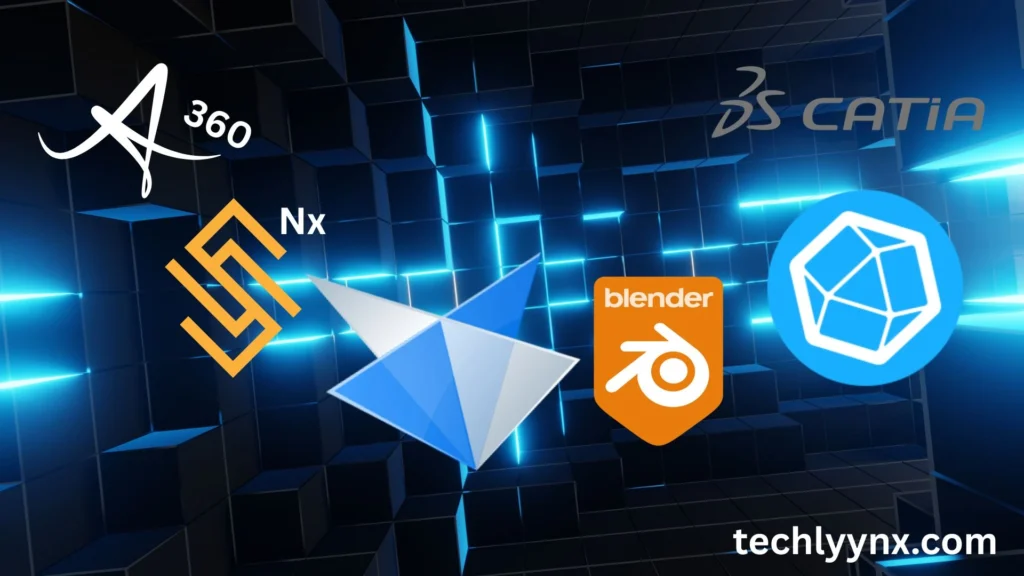The way engineers, architects, and product developers produce new solutions has changed as a result of generative design. We can now allow software to explore thousands of ideas, test them digitally, and provide the best solutions—instead of depending entirely on manual design iterations.
By 2025, generative design software is more accessible, powerful, and easy to use than it has ever been. There is a tool that can meet your goals and budget, whether you are working on product design, architectural blueprints, or manufacturing parts.
The top 8 generative design software tools of 2025 will be discussed in this post along with its features, advantages, and unique selling points.
Autodesk Fusion 360 – The Favorite Generative Design Software
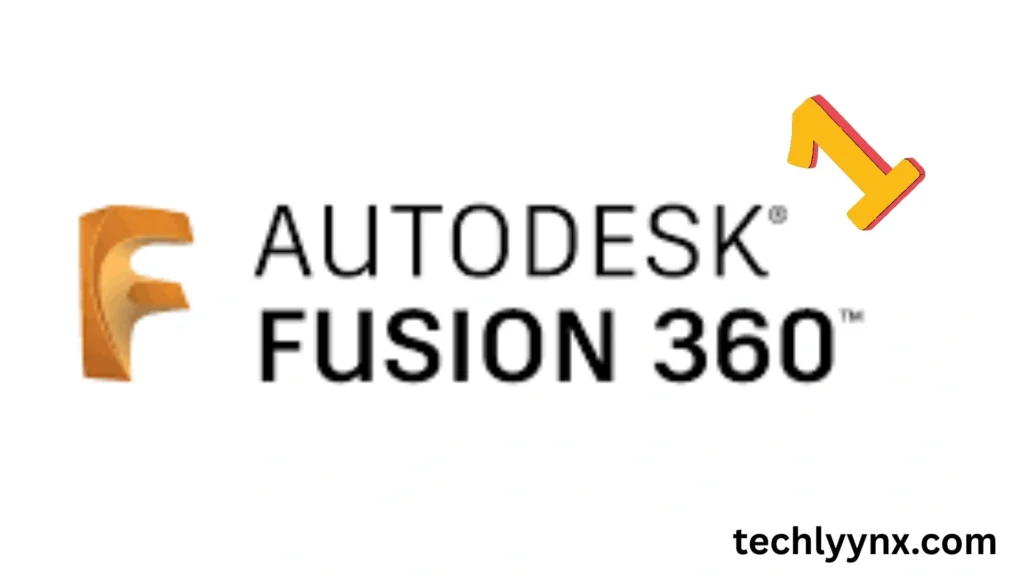
Autodesk Fusion 360 is frequently the first program that springs to mind when someone thinks of generative design tools. It is a multipurpose tool for engineering, design, and manufacturing. Its usefulness lies in its capacity to immediately generate various design choices given your input limitations, including material, production processes, and strength needs.
Important attributes:
- Tools for generative design in the cloud that allow for real-time collaboration.
- integration with production and simulation processes.
- facilitates both subtractive and additive fabrication.
For engineers that prefer a single platform for concept to production, Fusion 360 is ideal. Despite being subscription-based, Autodesk makes it available to students by providing free student licenses.
Siemens NX – Enterprise-Level Power
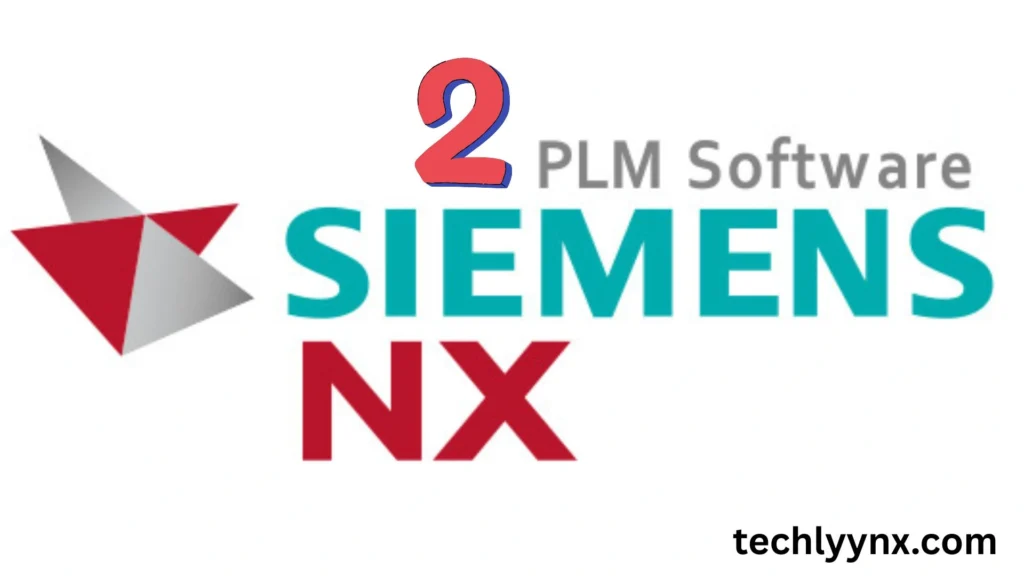
A major player in the business, Siemens NX is utilized extensively in the advanced manufacturing, automotive, and aerospace industries. It has generative design software capabilities that can manage extremely intricate assemblies and pieces.
Important attributes:
- Optimization of advanced topology for lightweight constructions.
- Workflow integration with CAD, CAM, and CAE.
- AI-powered design recommendations for quicker creativity.
This program is best suited for businesses that require a scalable solution for intricate tasks; it is not intended for novices. It is a frontrunner in high-performance industries due to its accuracy and simulation capabilities.
nTopology – The Lightweight Structure

Particularly for aerospace and medical devices, topology has established itself as the preferred choice for intricate, lightweight, and lattice structures. Performance-driven components that adhere to stringent technical standards are the main emphasis of its generative design software tools.
Important attributes:
Algorithmic and parametric design for complex geometry.
FEA tool integration for instantaneous performance evaluation.
Perfect for applications involving additive fabrication.
The capacity of nTopology to produce designs that are not achievable with conventional production techniques is one of its strongest points. Businesses benefit from this in terms of innovation.
Solid Edge – Practical and Affordable Generative Design Software
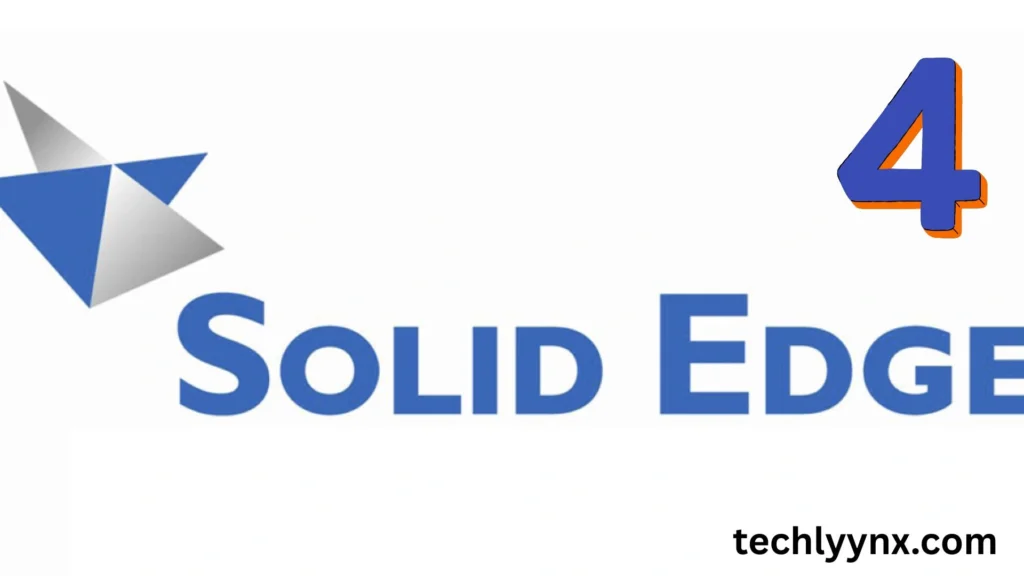
Siemens’ Solid Edge provides a more affordable way to get started with generative design. It offers topology optimization tools that are simple to use without being too complex for novices.
Important attributes:
less expensive than enterprise-level solutions.
integration with procedures for 3D printing.
user interface for small and medium-sized enterprises that has been simplified.
For businesses looking to begin experimenting with generative design without investing in pricey software suites, it’s a fantastic option.
Creo by PTC – Engineering-Grade Flexibility

Although Creo has been in use for many years, more recent iterations have added robust generative design software features. It is popular in sectors like heavy machinery and medical equipment where product dependability is crucial.
Important attributes:
- Exploration of generative design on the cloud.
- AI-assisted performance, cost, and manufacturing optimization.
- seamless interaction with tools for analysis and simulation.
Because of Creo’s flexibility, engineers can investigate design options at an early stage, reducing the need for expensive prototypes.
CATIA – The Aerospace Standard
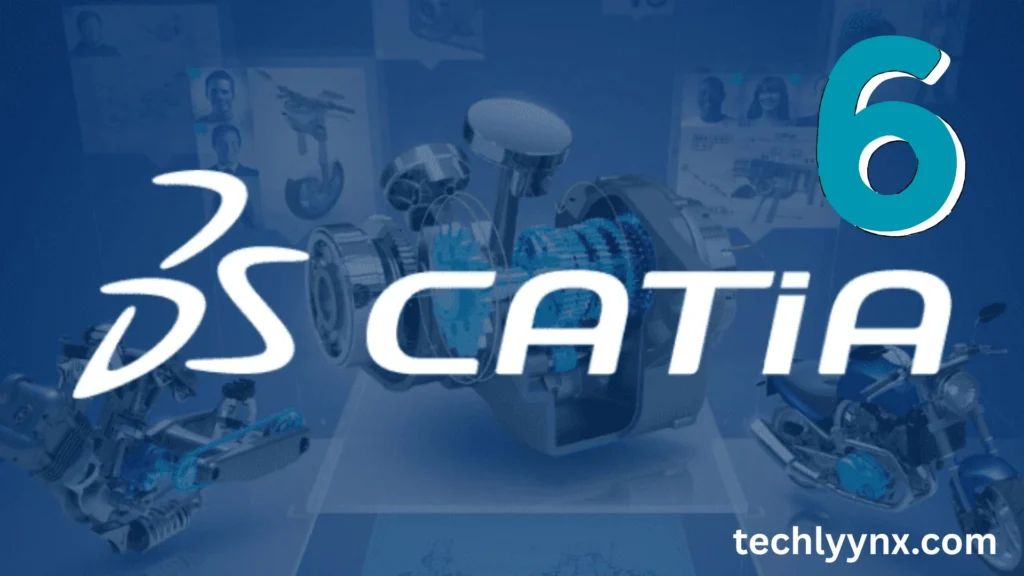
CATIA by Dassault Systèmes is a trusted name in aerospace, automotive, and defense sectors. Its generative design tools focus on creating high-performance, highly reliable designs for mission-critical applications.
Key Features:
- Industry-leading precision and simulation accuracy.
- Robust support for large-scale assemblies.
- Strong collaboration features for global teams.
While CATIA is powerful, it comes with a steep learning curve and premium price tag, making it more suitable for large organizations.
Altair Inspire – User-Friendly and Efficient
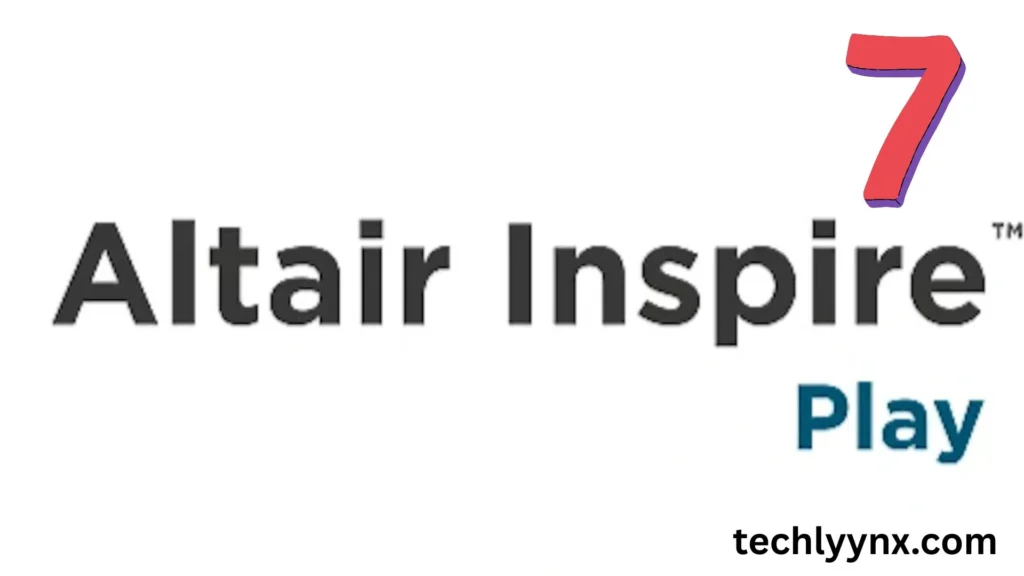
Altair Inspire is known for its intuitive interface and simulation-driven design capabilities. It enables engineers and designers to quickly create optimized parts without needing deep CAD expertise.
Key Features:
- Easy learning curve for beginners.
- Integrated motion simulation and topology optimization.
- Ideal for concept validation before full-scale design.
It’s an excellent choice for startups and small design teams that want quick results without a long training period.
Blender with Generative Design Plugins

Although Blender’s primary function is 3D modeling and animation, its open-source nature enables developers to produce plugins for generative design tools. This enables free experimentation with algorithmic and AI-driven design by creative experts.
Important attributes:
Open-source and totally free.
incredibly adaptable with accessories.
Excellent for generative design in the arts and architecture.
For creative studios, students, and hobbyists seeking flexibility without breaking the bank, this is the ideal choice.
How to Choose the Right Generative Design Software
With so many options, choosing the right tool depends on your budget, project complexity, and industry requirements. If you’re working in aerospace or automotive, you may need the precision of Siemens NX or CATIA. If you’re experimenting with new product ideas on a smaller budget, Fusion 360 or Altair Inspire might be better.
Concluding remarks
Generative design is a significant change in the way that engineering, architecture, and manufacturing solve problems, not merely a passing fad. Professionals now have greater ability than ever to produce effective, creative, and sustainable designs thanks to the top 8 generative design software tools of 2025.
The important thing is to begin experimenting and incorporating these tools into your workflow, regardless of whether you go with a high-end commercial solution or a platform that is easy for beginners to use. In a world where success is determined by design speed and efficiency, the sooner you adapt, the more competitive you will be.

